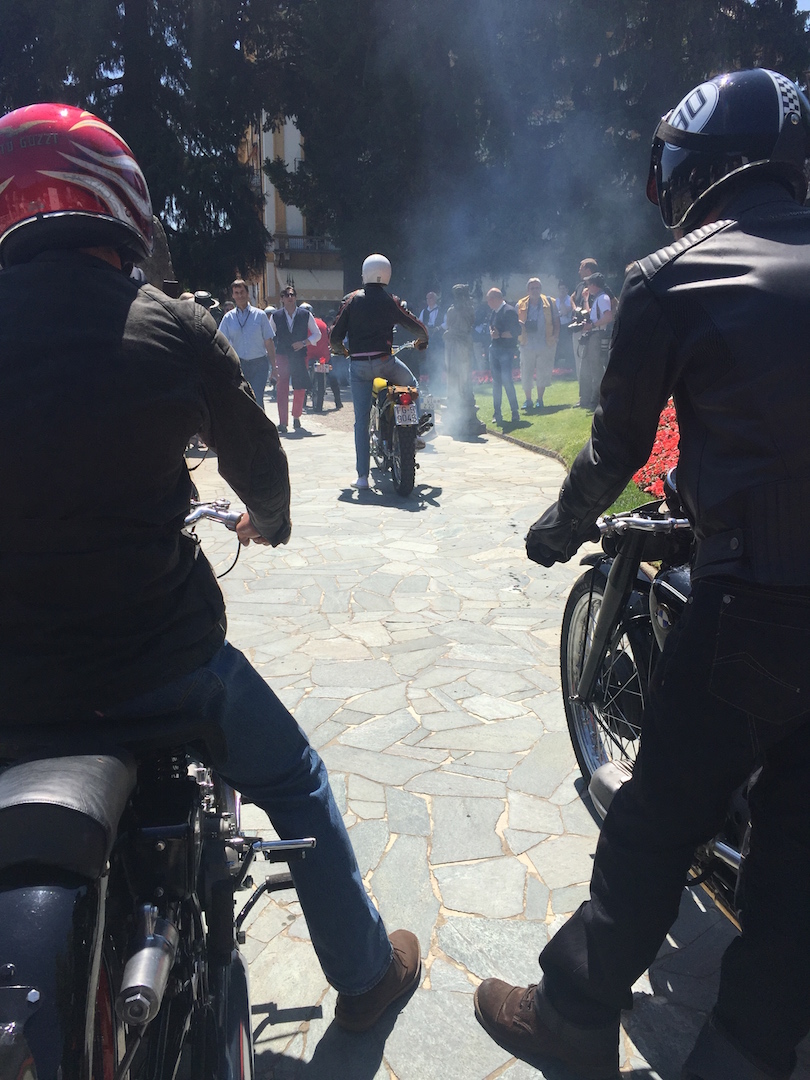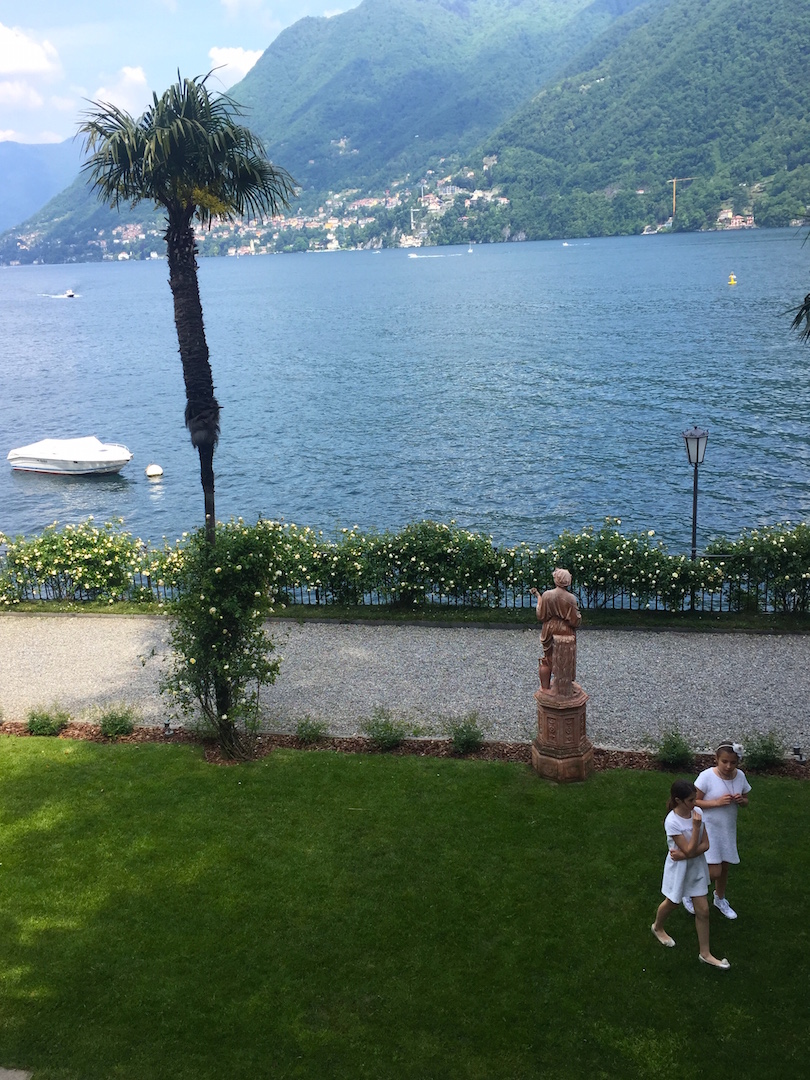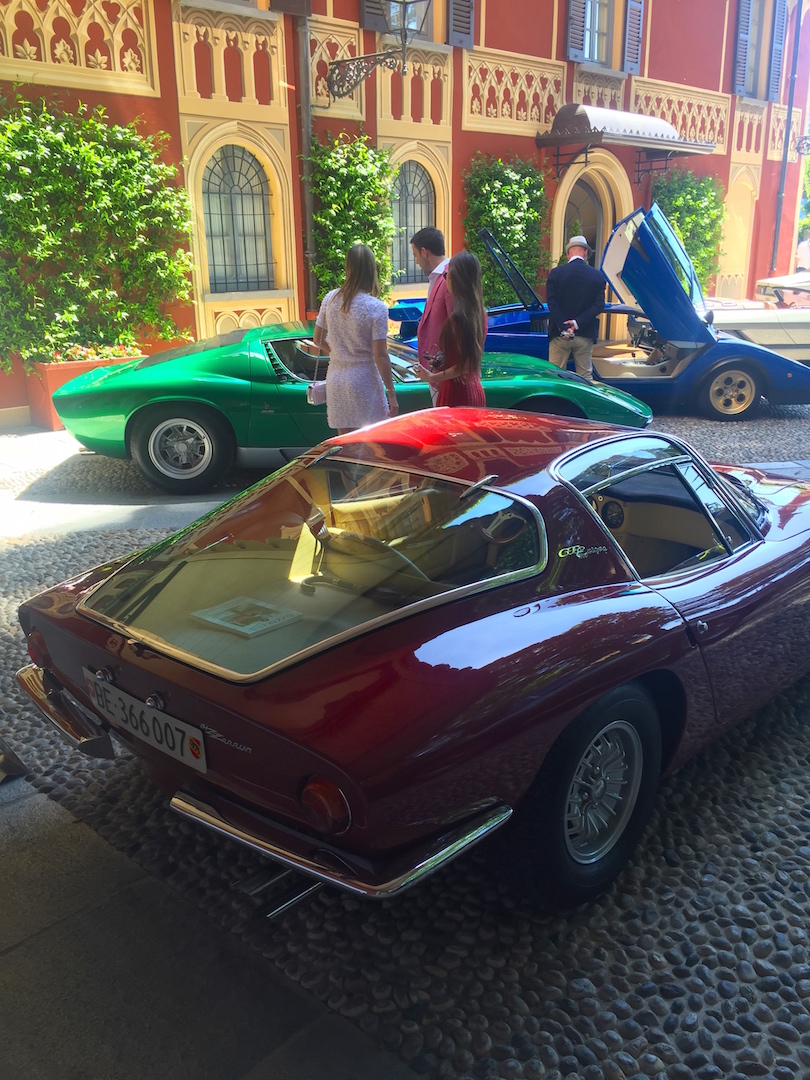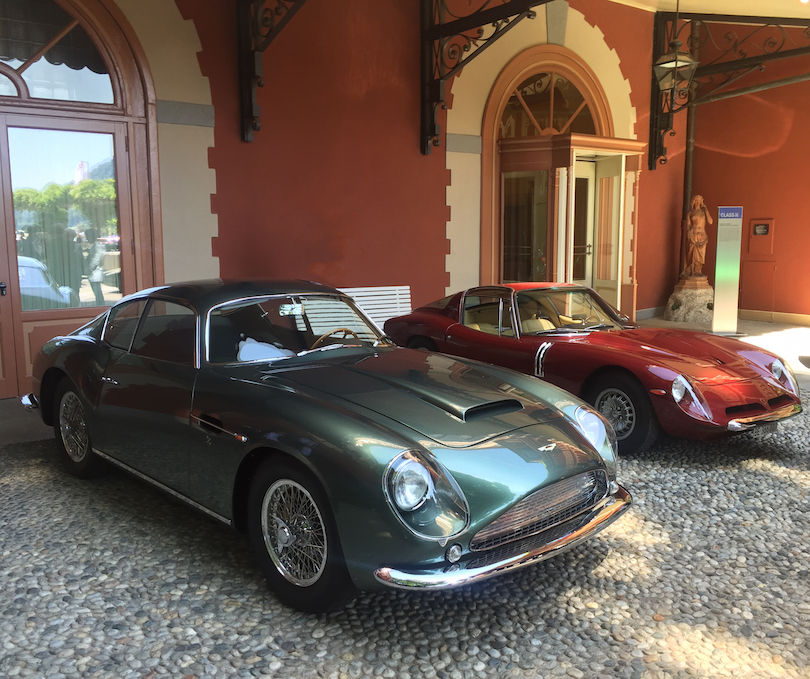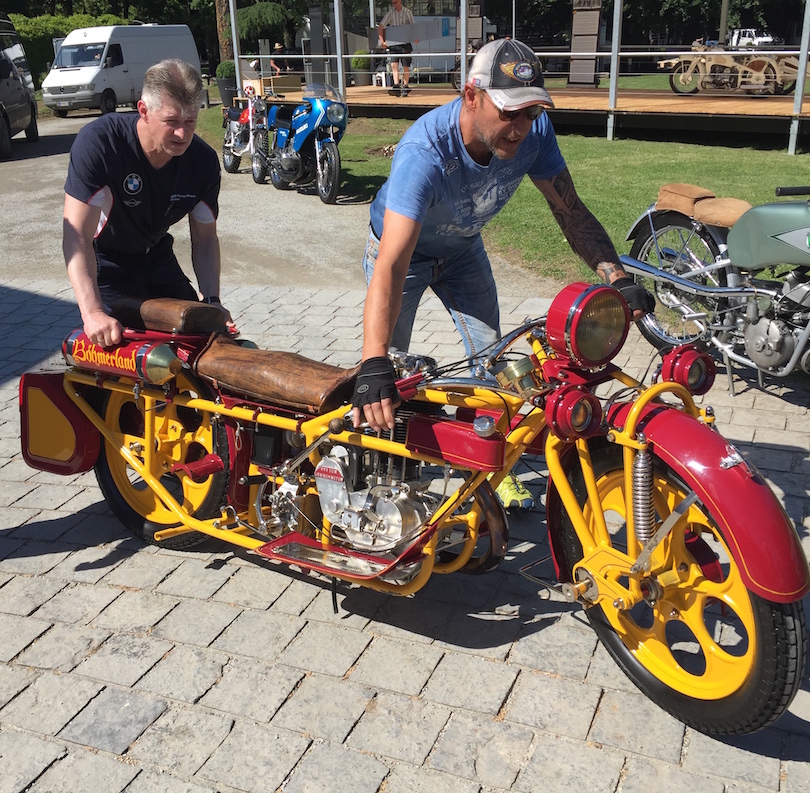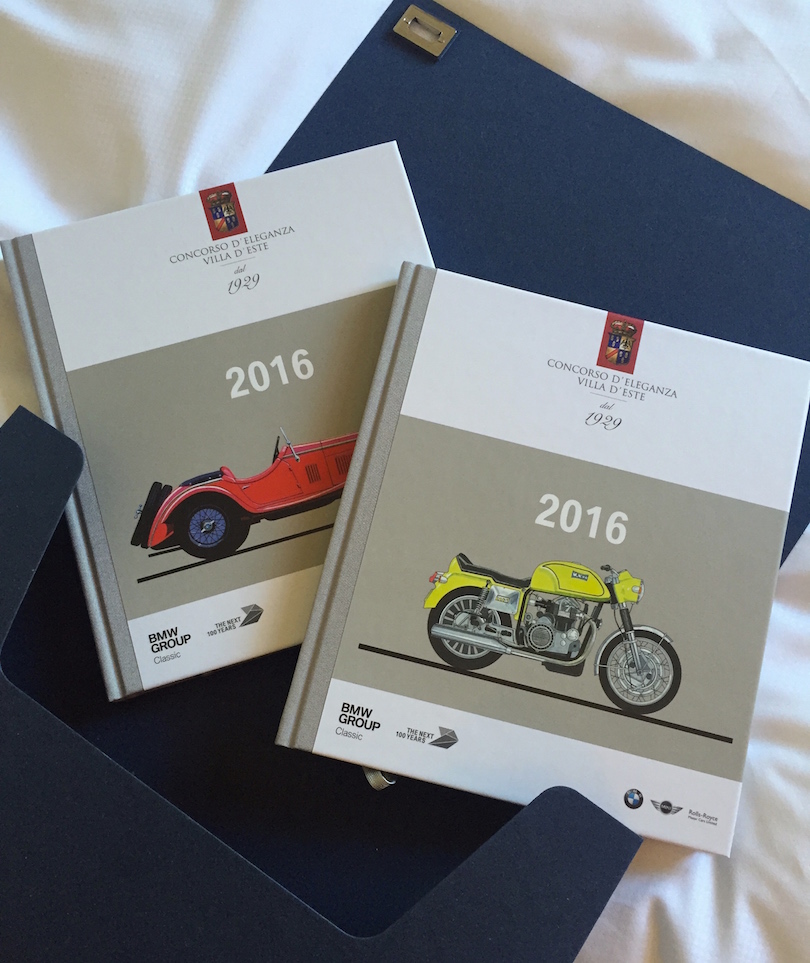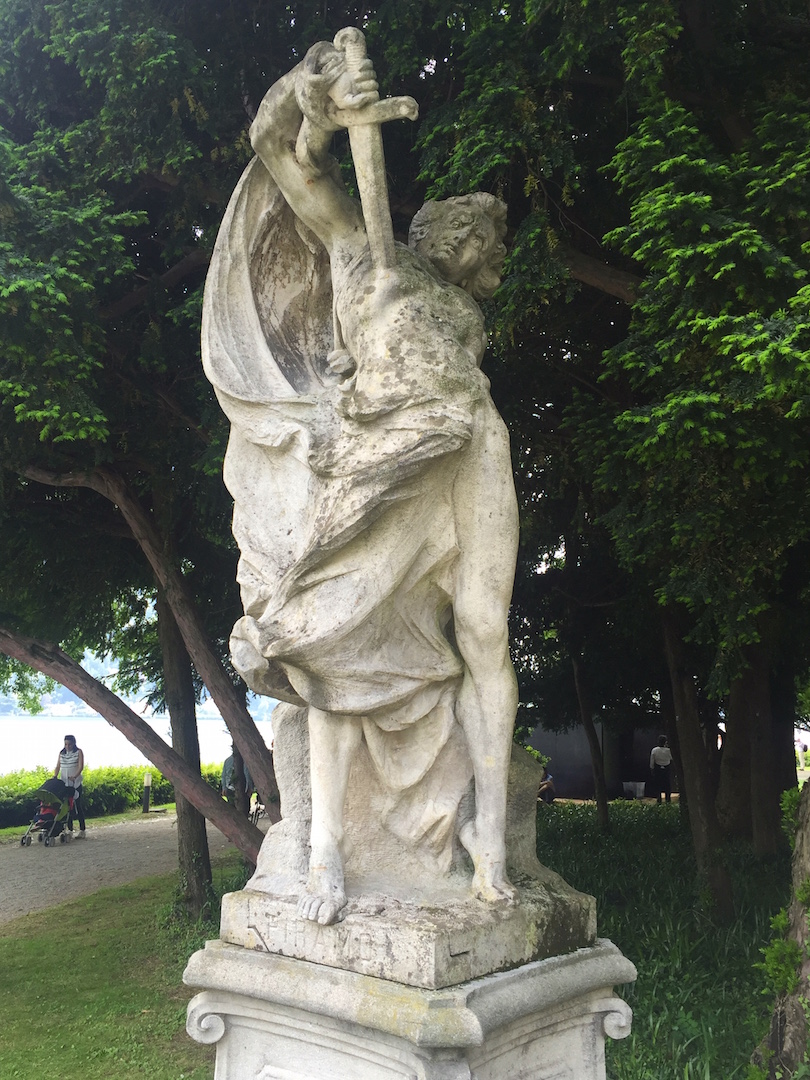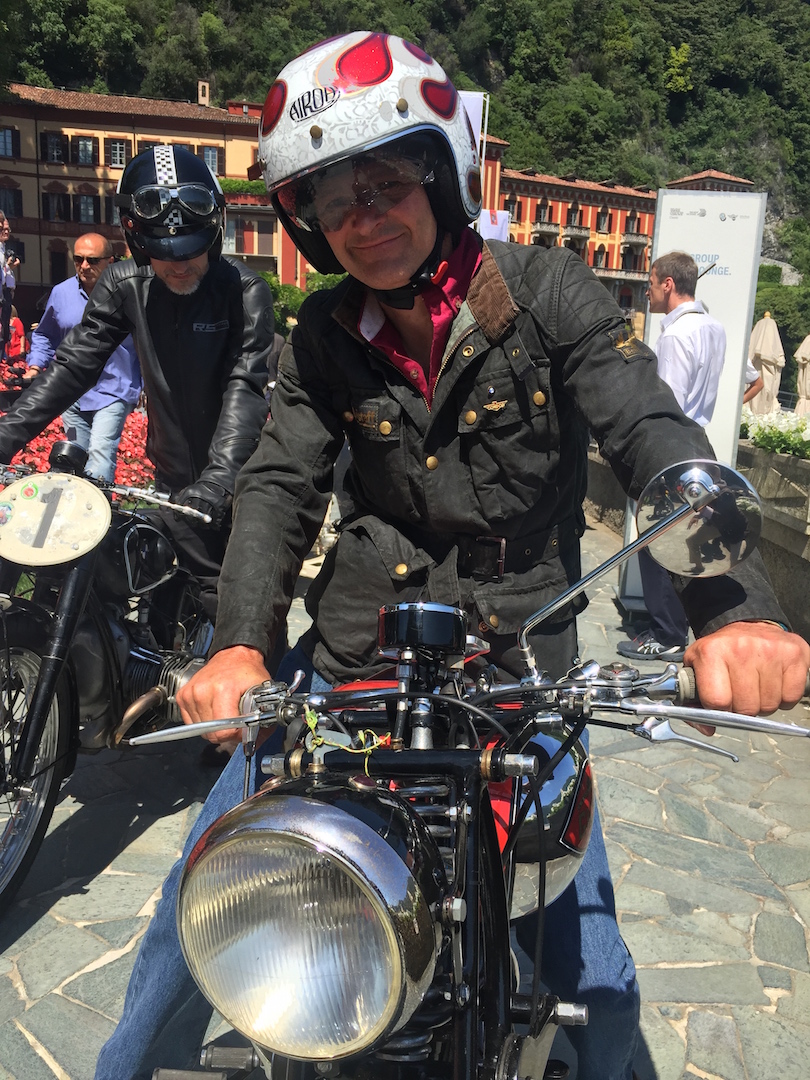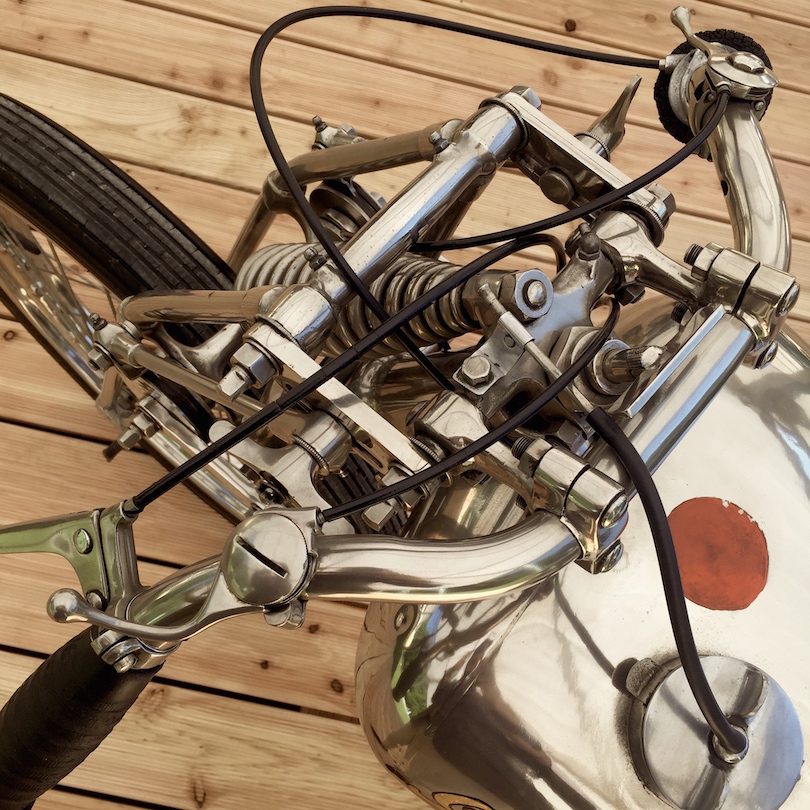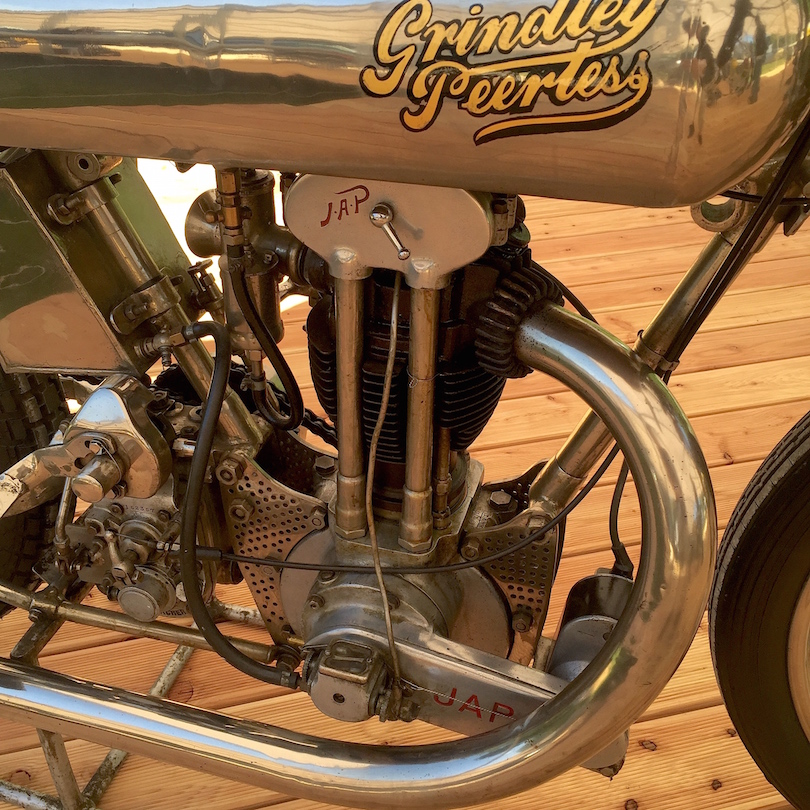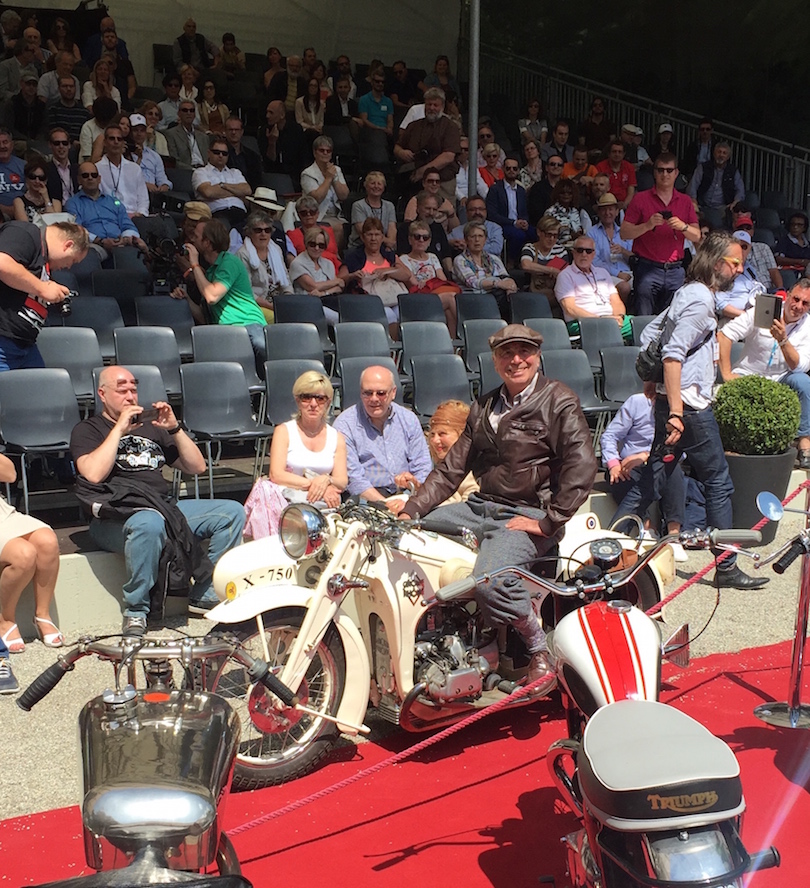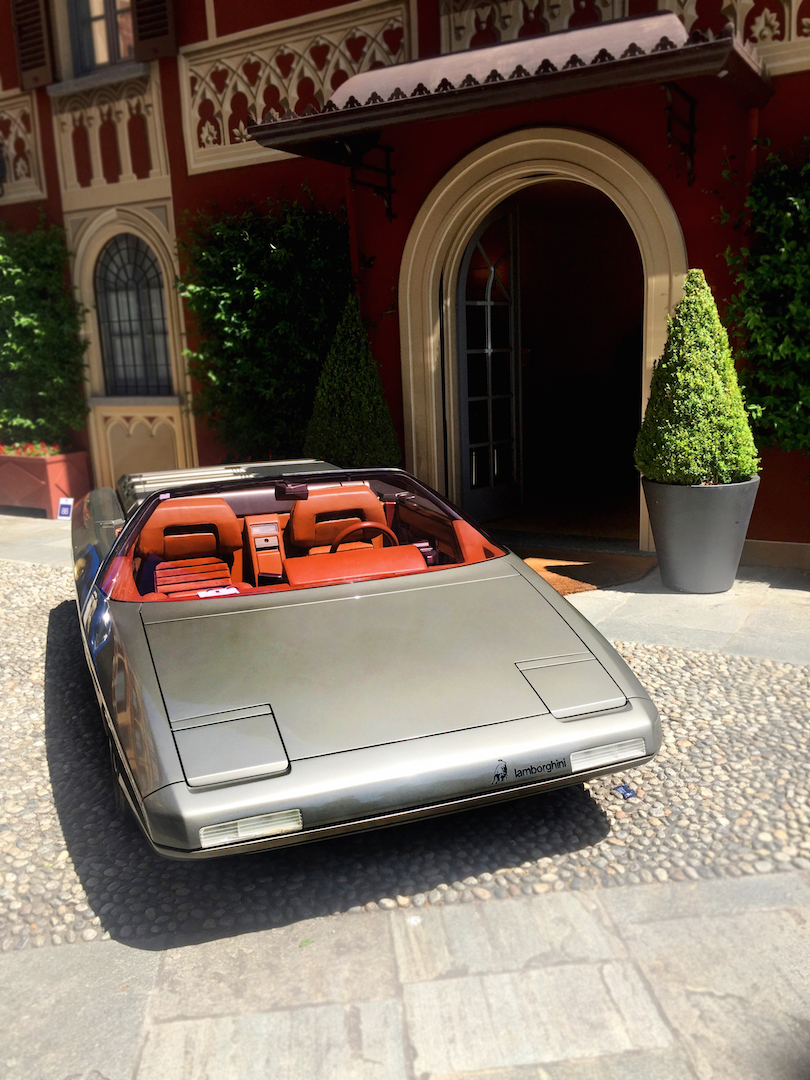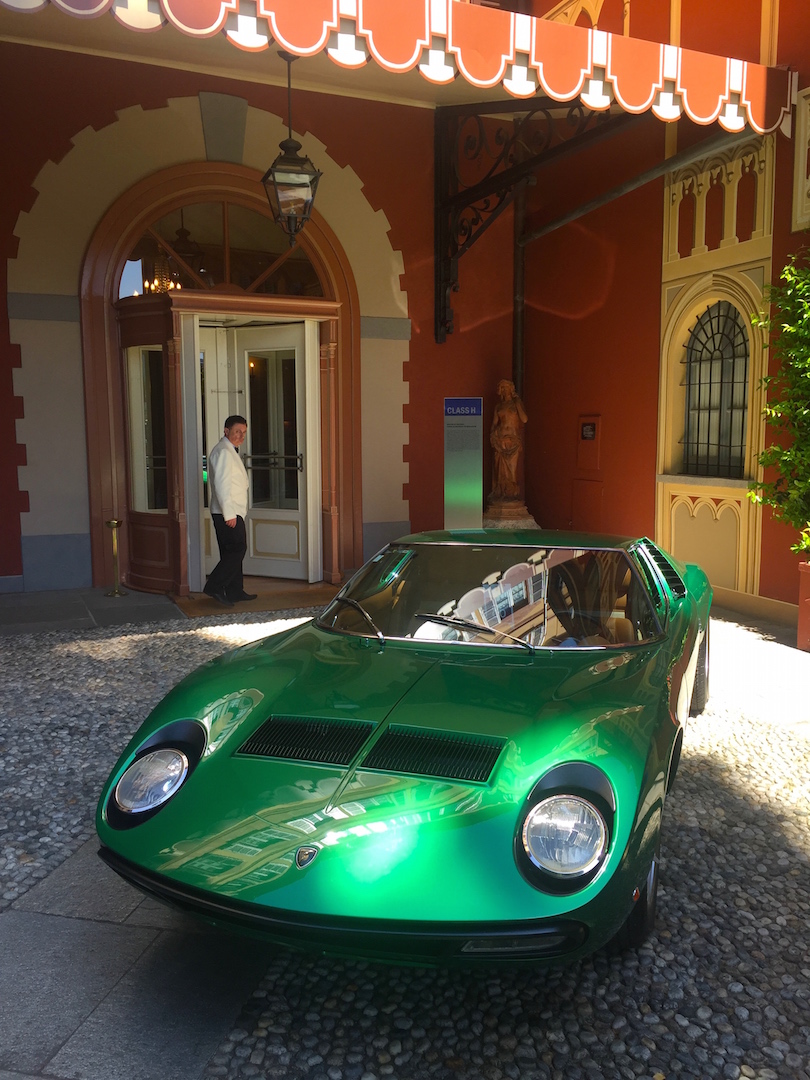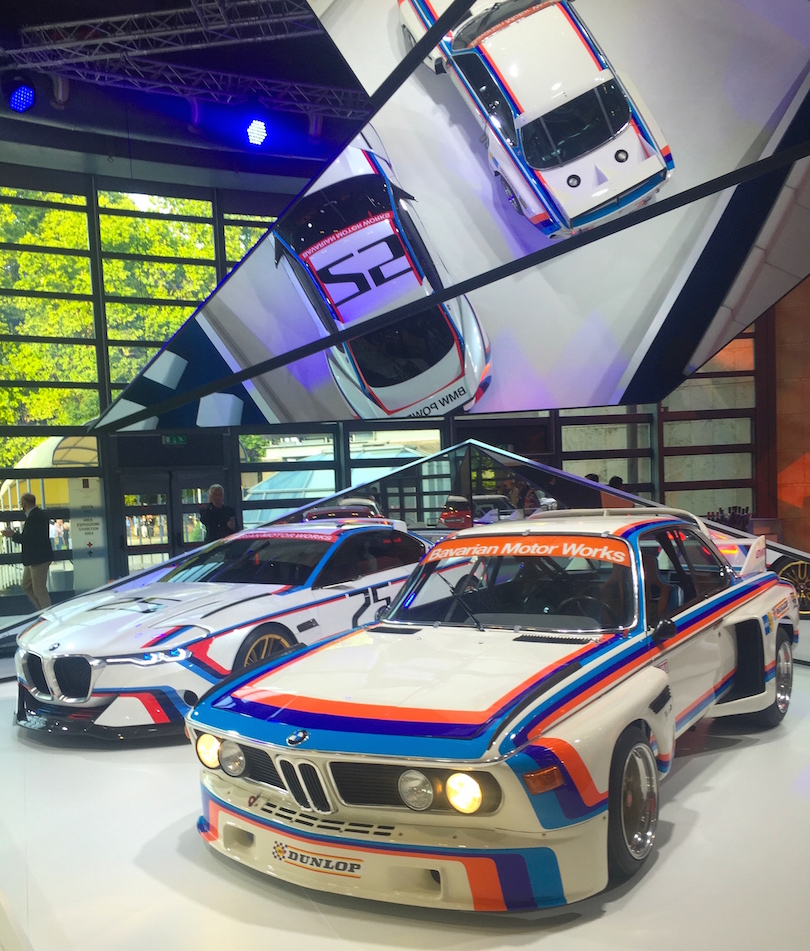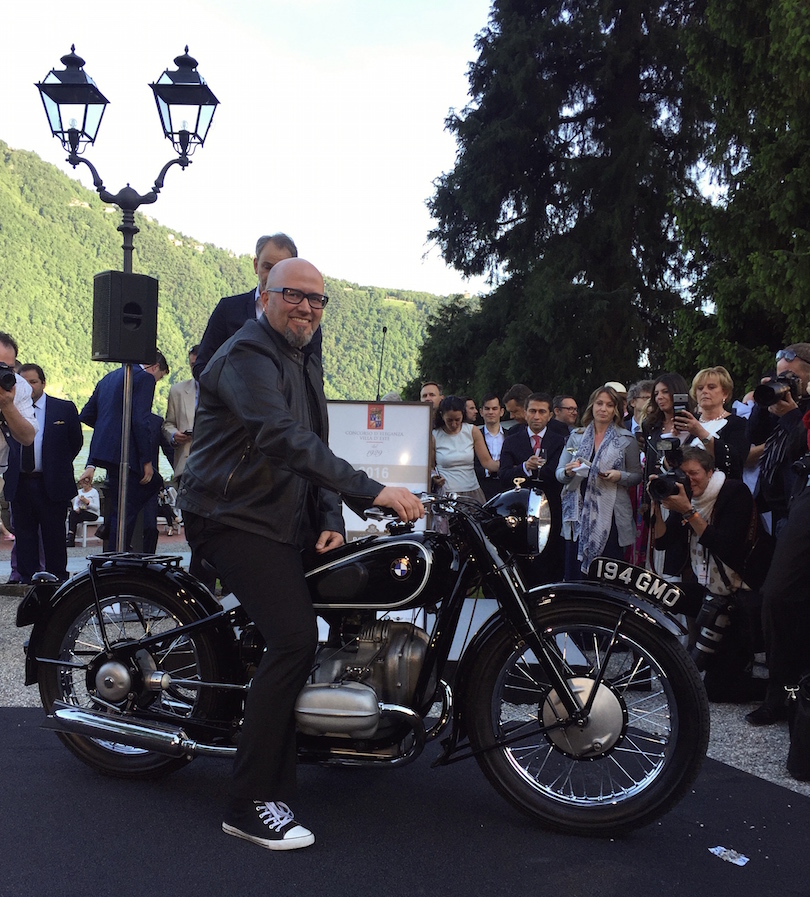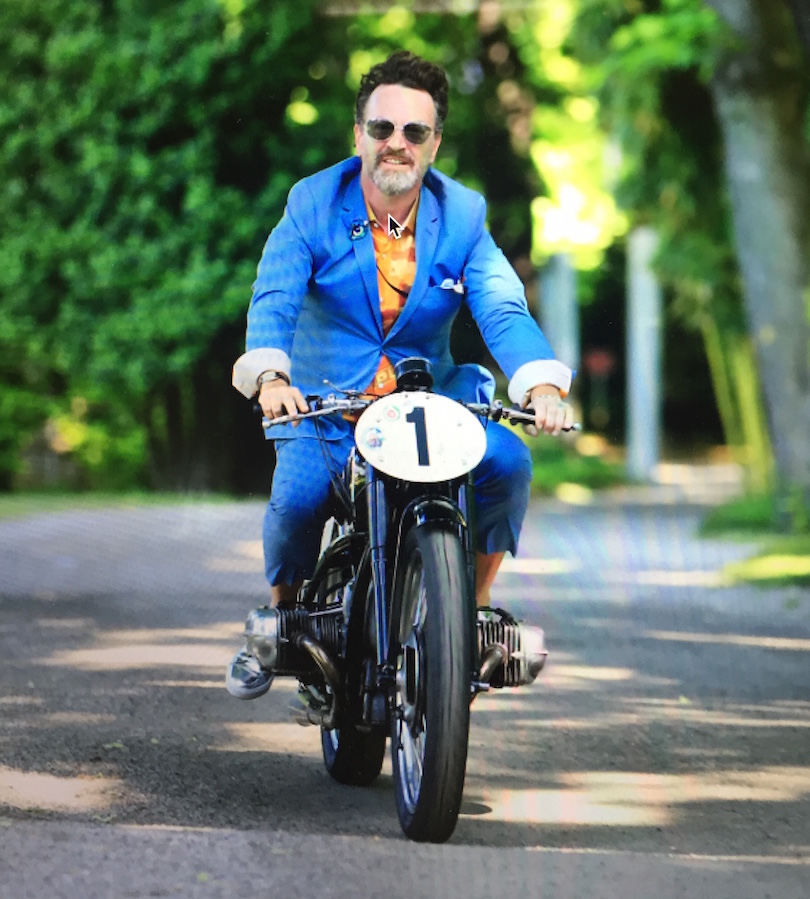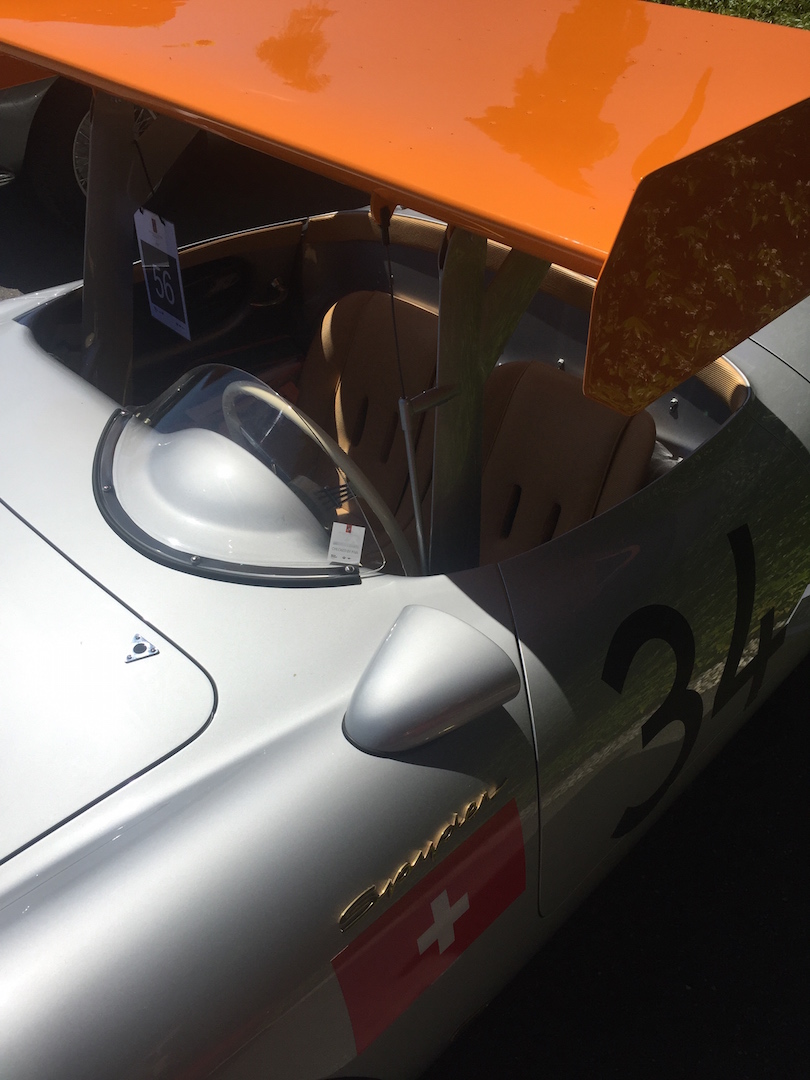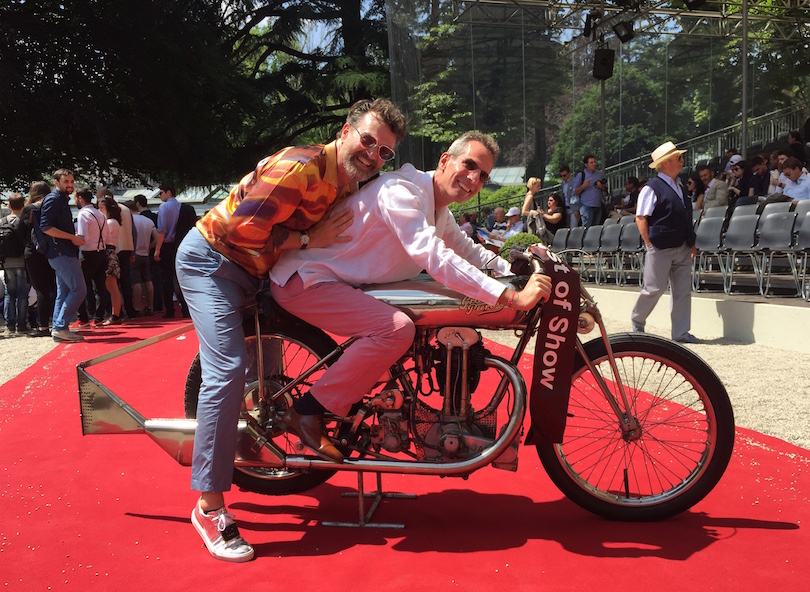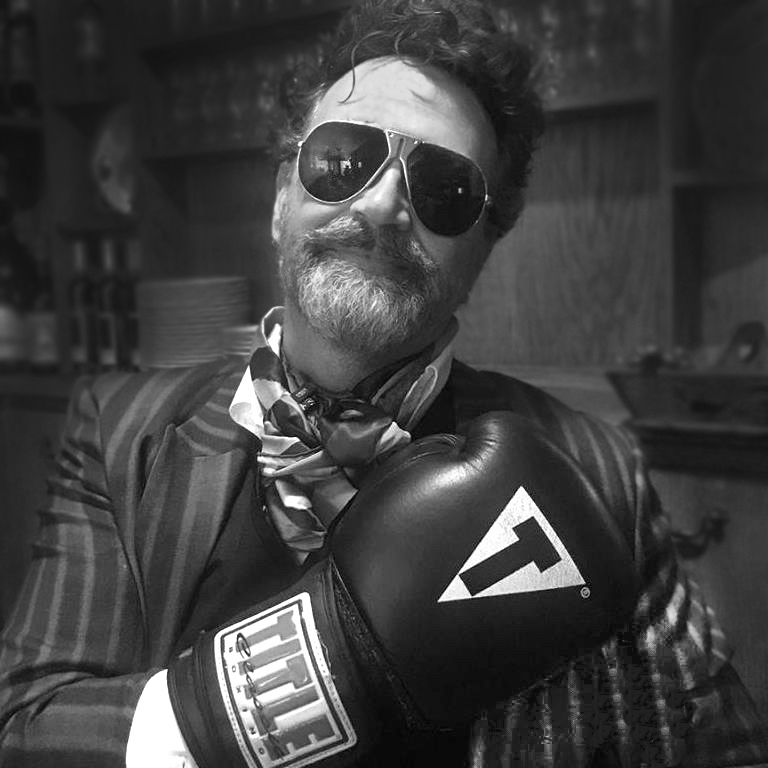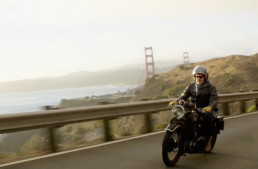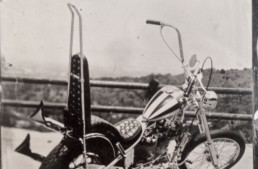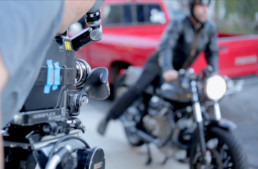[Text/photos by Paul d’Orléans. Originally published in The Automobile – the best old-car mag on the planet]
Lake Como’s leafy sentinel towers over the Villa d’Este’s grand gravel terrace, but the hoary Sycamore is chopped further back every year, its once expansive canopy shrinking to a leafy fat spire, providing shade no longer, yet still the axis of the party. The villa’s Renaissance gardens and pebbled grottoes are intact these 500 years; swapping an elderly companion for younger model may be the habit of the Concorso’s wealthy entrants, but the tide of History demands respect for the old tree, as it does for the automobiles and motorcycles celebrated within the grounds.
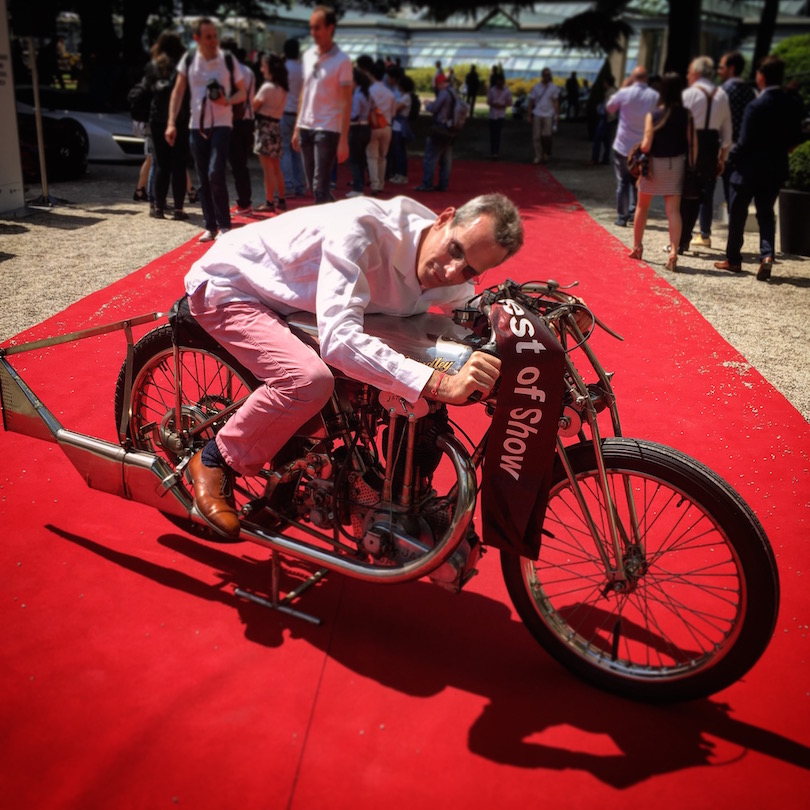
Anxiety over the Sycamore’s fate defines the beginning and the end of troubles at the Concorso d’Eleganza di Villa d’Este; as lucky guests and journalists float on the music of clinking glass flutes, the poor tree plays Cassandra for the real world’s troubles – vanishingly absent from the scene otherwise. Burbling Rivas deliver the happily elegant to the hotel’s shores, not the desperate, so we may rightfully celebrate the fabulous treasures of our world on the weekend, and return to reality on Monday.

For 2016’s iteration of the most coveted spot in the show-car/show-bike calendar, Nature offered a 3-day gap between torrents; tourist-brochure perfect days, suitable for the otherworldly perfection of 50 cars and 40 motorbikes gleaming with elbow-grease, from helper-hands conjuring prize-granting djinns via yellow microfiber cloths. And that, readers, is serious work, conducted by an unsung and invisible army, never thanked from the podium by the Jereboam-armed, ribbon-draped swells who paid their salaries. The Little People, as tactless Oscar winners once at least acknowledged, whose labors transformed the inert cash of connoisseurs into an invitation to this truly incredible party beside Italy’s most beautiful lake. As tax-haven oligarchs stage dramatic, black Amex duels at fine auctions houses, sending car (and now moto) values to the lofty heights inhabited by the finest of arts – the realm of the gods – rolling sculpture has become the last publicly visible evidence of real wealth, as great art disappears into freeport bunkers, and nested shell companies obscure ownership of part-time mansions.
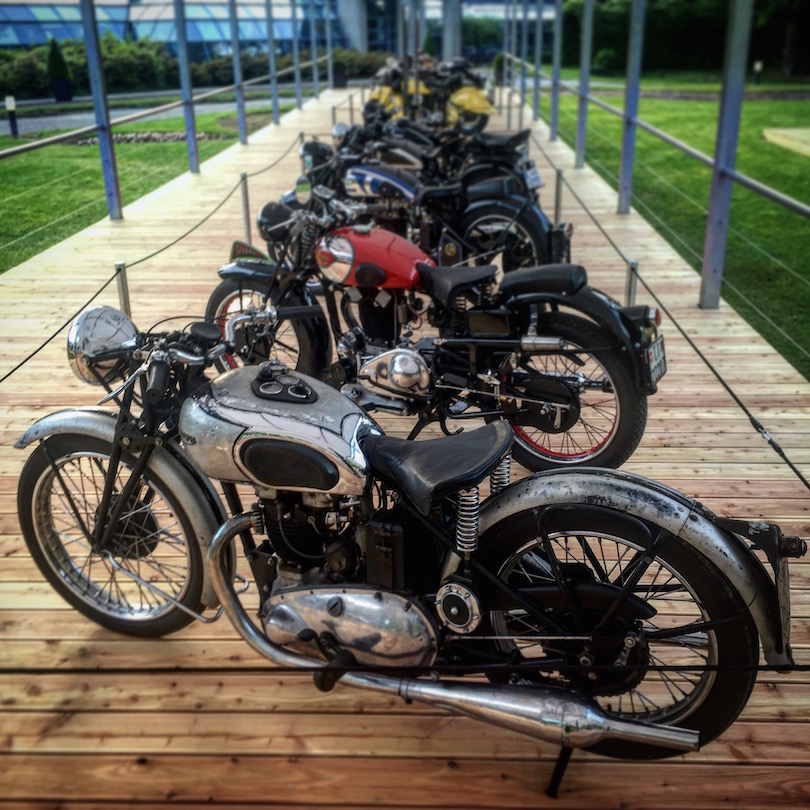
Temporary membership to this sunshiney, sweet-smelling tableau grants one – e.g. me – a few days’ overlap with wildly different Venn circles; it only hurts when the bubble protecting wealth and beauty floats off, and the sweaty tang of real work and deadlines returns. My nominal job at the Concorso di Moto (judging the assembled treasures) is difficult only in the weighing, discussing, and choosing, which can only be counted a pleasure in such company as the since-1949 Motociclismo fixture Carlo Perelli, the director of Prague’s Technical Museum – Arnost Nemeskal, the chief of BMW’s motorrad design – Edgar Heinrich, French moto-institution Francois-Marie Dumas, and, god bless our host country, the editor of Italian Cosmopolitan, Sara Fiandri, who scatters Milan’s pedestrians like leaves aboard her racy Honda.
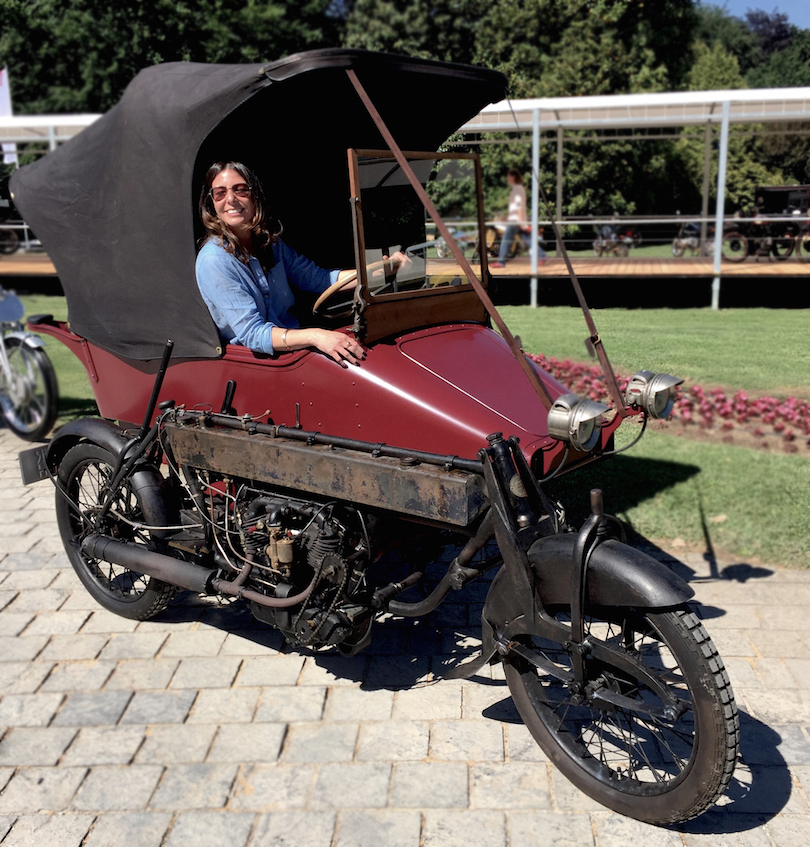
It must be equally true for our automotive counterparts that Choosing is a profession of thick-skinned devils, as subcurrents of politics, aesthetics, nationality, status, and history swirl around every vehicle, while judges argue – oh yes we do – their views on such matters. We have a day to observe, discuss, ponder, and reassemble before the prizegiving ceremony on Sunday, overseen in the case of motorbikes by the affable and poly-tongued Roberto Rasia dal Polo, while the four-wheeled crowd suffers the inconceivably smooth Simon Kidston, whose puns and light verbal pokes reveal his intimate familiarity with the assembly.
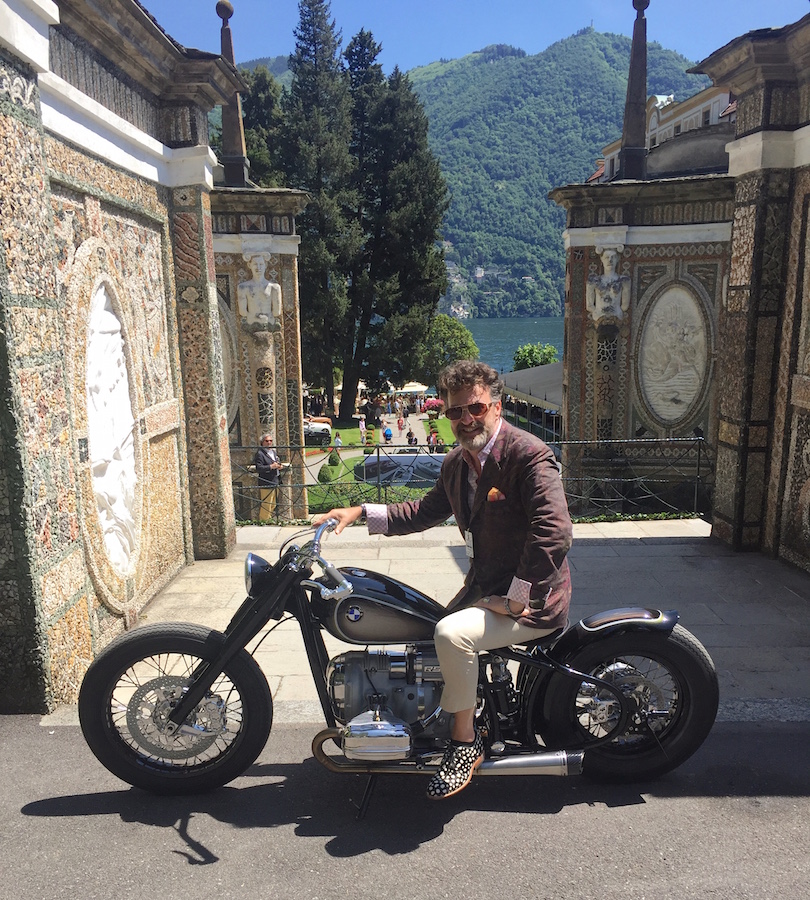
BMW, owner of the Concorso, litters the grounds of Villa d’Este with new Rolls Royces and prototypes, while neighboring Villa Erba, which hosts the Concorso di Moto, is saddled with drudgeries like a ‘Teens BMW monoplane, a terrific display of concept cars/bikes beside the machines which inspired them, and the public, which has free range on the expansive grasslands of the park. This year’s overall theme was ‘Back to the Future’, which translates from German as ‘retro’ – the concept car unveiled at Friday’s swanky cocktail party claimed parentage from the 40 year old BMW 2002 (though it was hard to see resemblance, it was a sharp effort by Adrian van Hooydonk), while the concept motorcycle was an industry first – no factory to my knowledge has ever used a vintage motor as the basis of a show vehicle.

The ‘R5 Hommage’ ridden in noisily by Edgar Heinrich (beside designer Ola Stenegard on an original 1936 R5) used the castings of an 80-year old engine as its heart, although the vintage 500cc OHV motor sported a new supercharger, disc brakes, and a discreet swingarm. While seemingly odd for a technophilic team like BMW to dig around its museum for the actual building blocks of a prototype, ‘heritage’ is the most potent design tool in the moto industry today, and the smooth castings of the old flat-twin motor just might point to an upcoming engine redesign? Back to the future, indeed.
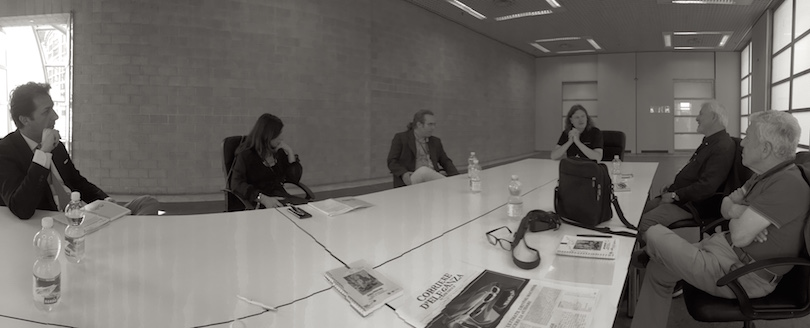
Picking winners in the physical context of Lake Como and a pair of grand Villas seems almost gauche – if you’re there, you’ve won, as has your vehicle. But everyone loves the tension of a contest, and so the list: the under-16 public referendum went rightfully to a 1974 Lancia Stratos rally car, while the drinking-agers chose a bottlefly green ’71 Lamborghini Miura P400SV, which only proves the crowd was Italian, and excitable. The gentry strolling the closed party at Villa d’Este preferred a streamlined ’33 Lancia Astura Serie II, while the judges appointed an exquisite ’54 Maserati A6GCS as Best in Show, a title having much to do, I have learned, with what might look best on the cover of next year’s catalog. This was actually discussed amongst the motorcycle jury, and with vehicles of near-equal money-no-object perfect restorations, what Should tip the scales?

But, we are reminded annually that ours is a Concorso di Moto, not an Eleganza, and thus chose the charismatic and oh-so-English 1929 Grindlay-Peerless-JAP ‘Hundred Model’ with illustrious competition heritage from new, multiple Gold Stars from Brooklands, and a fantastically mechanical, and poster unfriendly, all-nickel finish. What bridged a chasm of disagreement among jurors between suavity and pugnacity was a special Jury Award to the very most elegant ’37 Gnome et Rhone Model X with tailfinned Bernardet sidecar, lovely awash in cream and burgundy, which pretty much describes lunch. Wish you were there.
